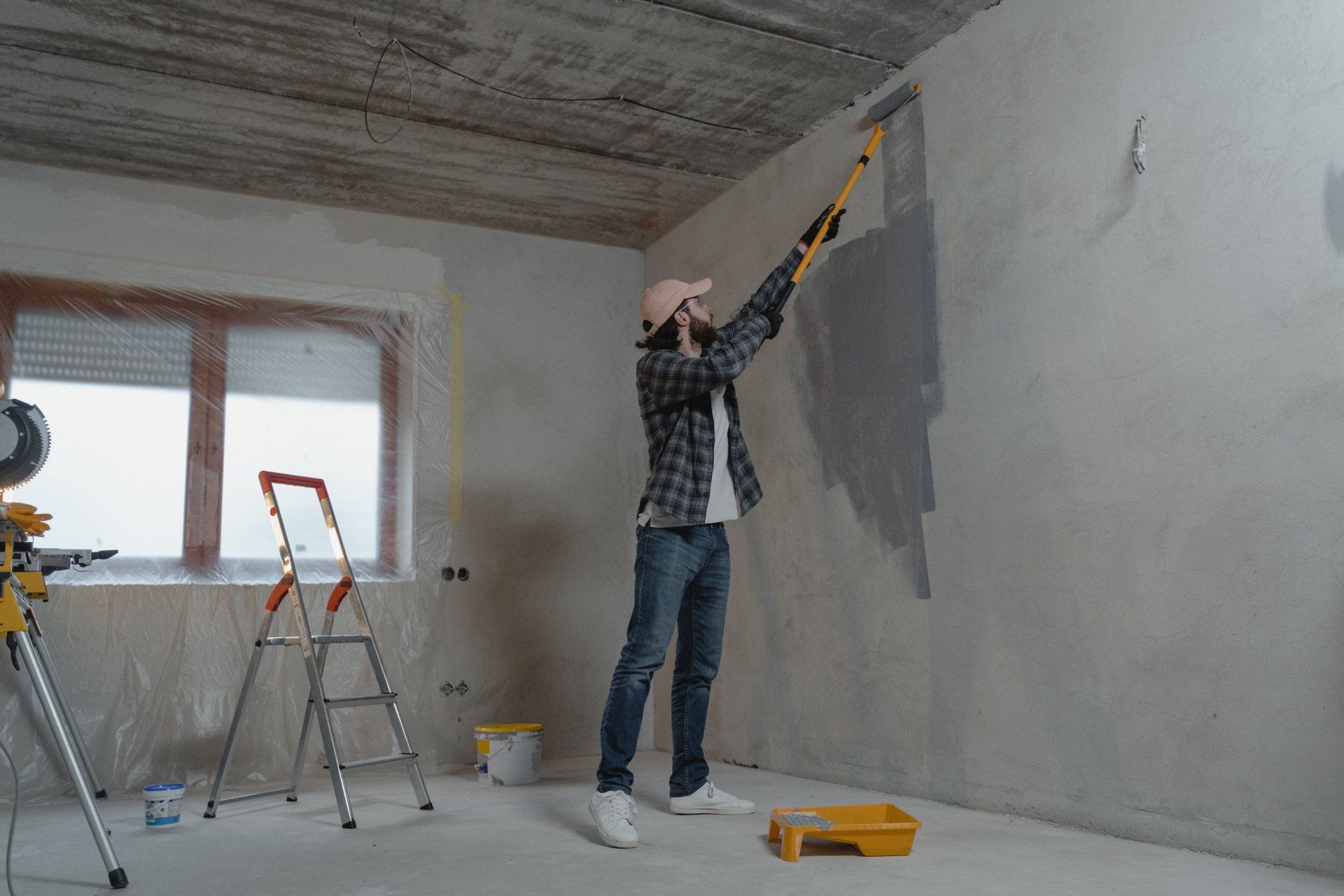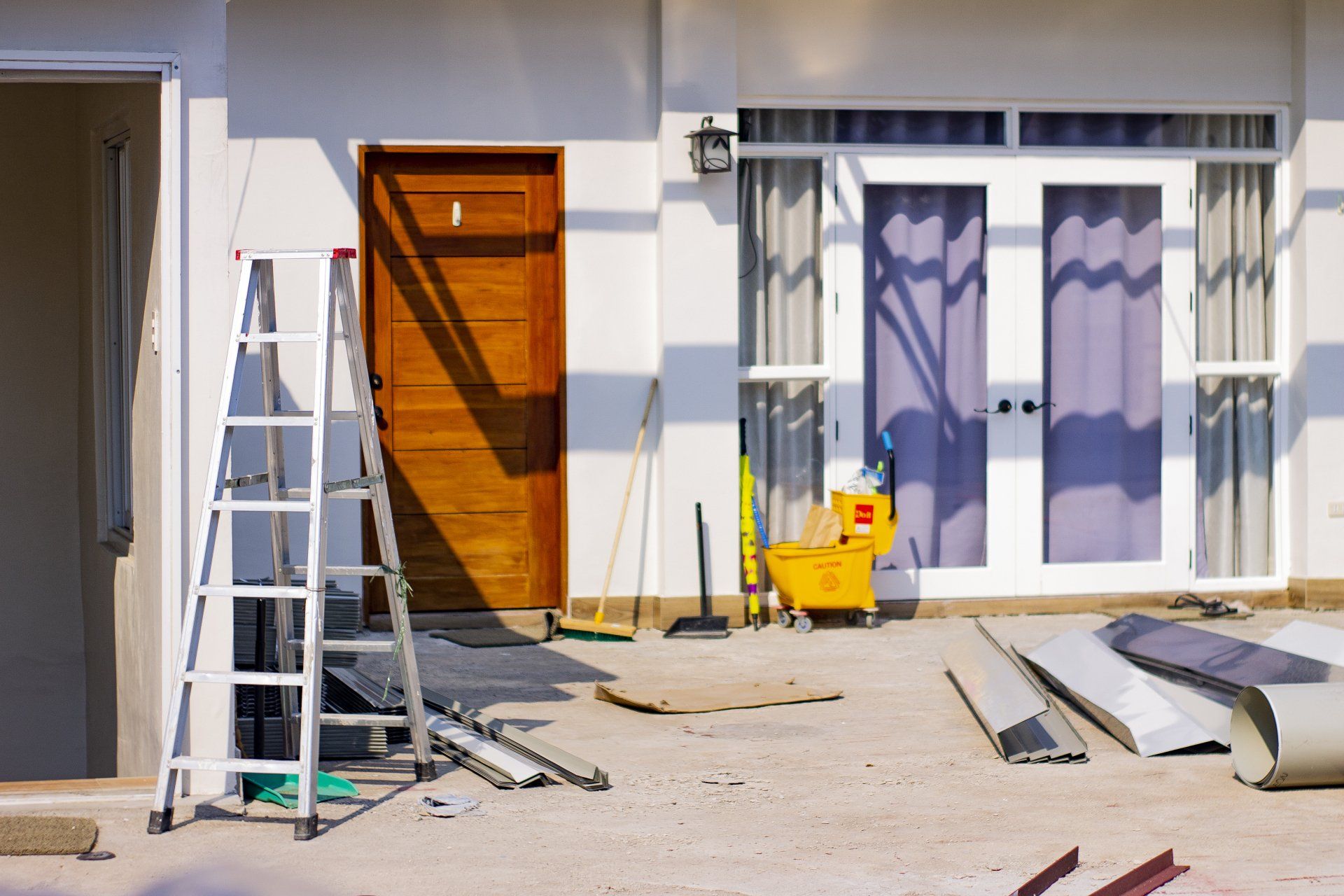The Art of Property Restoration: Bringing New Life to Your Home

In the realm of home ownership, there's an undeniable allure to the art of property restoration. It's the transformative journey of taking a worn-out, neglected space and breathing new life into it—a process that goes beyond mere renovation to embrace the essence of revival. Whether it's a historic Victorian mansion with tales of yesteryears or a modest suburban abode yearning for a modern touch, the journey of restoration is as much about honoring the past as it is about crafting a vision for the future. In this blog, we delve into the intricate tapestry of property restoration, exploring the techniques, challenges, and triumphs that come with revitalizing homes. From the painstaking restoration of architectural details to the creative repurposing of materials, join us as we unravel the mysteries and marvels of this timeless art form. Welcome to "The Art of Property Restoration: Bringing New Life to Your Home."
Reviving Forgotten Spaces: The Artistry of Property Restoration
In the realm of property restoration, there exists a particular allure in reviving forgotten spaces. These neglected corners of homes, once overlooked and unused, hold the potential for transformation into something remarkable. In this exploration of the artistry of property restoration, we delve into the intricate process of breathing new life into these forgotten spaces, turning them into functional and beautiful areas that enrich the overall character of a home.
Rediscovering Potential: The journey of restoring forgotten spaces begins with the act of rediscovery. Often concealed beneath layers of dust and neglect, these spaces may hide architectural features, original materials, or unique layouts waiting to be revealed. Through careful examination and attention to detail, property restorers uncover the hidden potential within these neglected areas, envisioning the possibilities for their transformation.
Preserving History: One of the key aspects of property restoration is the preservation of history. Forgotten spaces within historic homes often carry the echoes of the past, reflecting the architectural styles and lifestyles of bygone eras. In restoring these spaces, great care is taken to honor and preserve their historical significance, whether through retaining original features or sensitively integrating modern elements that complement the property's heritage.
Creative Adaptation: The artistry of property restoration lies in the creative adaptation of forgotten spaces to meet contemporary needs while maintaining their inherent character. This process involves thoughtful design decisions that balance functionality with aesthetics, ensuring that the restored space seamlessly integrates into the overall structure of the home. From repurposing old attics into cozy bedrooms to transforming abandoned cellars into inviting entertainment areas, each project presents a unique opportunity for innovation and ingenuity.
Attention to Detail: Detail is paramount in the restoration of forgotten spaces, with meticulous craftsmanship and precision required to bring the vision to life. Every aspect of the restoration process, from structural repairs to decorative finishes, demands careful consideration and execution. Whether it's restoring original woodwork, replicating period-appropriate features, or sourcing reclaimed materials, the attention to detail ensures that the integrity of the space is preserved while enhancing its beauty and functionality.
Creating Purposeful Spaces: The ultimate goal of restoring forgotten spaces is to create purposeful areas that enhance the quality of life for occupants. Whether it's converting a neglected attic into a serene home office or transforming a disused outbuilding into a charming guest cottage, the restored spaces become integral parts of daily living, enriching the home environment and providing new opportunities for enjoyment and relaxation.
The Importance of Property Restoration in Cultural Conservation
Property restoration serves as a crucial tool in the conservation of cultural heritage, playing a vital role in preserving the rich tapestry of our shared history. From ancient landmarks to traditional homes, each building holds a story waiting to be told. In this article, we delve into the significance of property restoration in cultural conservation, exploring how it safeguards our heritage for future generations to cherish and learn from.
Preservation of Architectural Treasures
One of the primary aims of property restoration in cultural conservation is the preservation of architectural treasures. Historical buildings, monuments, and sites serve as tangible links to the past, offering insights into the architectural styles, craftsmanship, and cultural practices of bygone eras. Through careful restoration efforts, these structures can be safeguarded against decay, ensuring that their beauty and historical significance endure for years to come.
Promotion of Cultural Identity
Property restoration also plays a vital role in promoting and preserving cultural identity. By restoring iconic landmarks, traditional dwellings, and heritage sites, communities can reconnect with their roots and celebrate their unique cultural heritage. These restored properties serve as symbols of pride and identity, fostering a sense of belonging and continuity among residents and visitors alike.
Education and Awareness
Beyond preserving physical structures, property restoration in cultural conservation serves as a powerful educational tool. Through restoration projects, individuals gain insights into the history, traditions, and values of past societies. By experiencing firsthand the architectural marvels and cultural artifacts of bygone eras, people develop a deeper appreciation for their heritage and the need to protect it for future generations. Restoration efforts also raise awareness about the importance of cultural conservation, inspiring others to become stewards of their cultural heritage.
Revitalization of Communities
Property restoration can breathe new life into communities, revitalizing neglected neighborhoods and driving economic growth. Restored historic buildings often become focal points for tourism, attracting visitors who are eager to explore their cultural significance. Additionally, restoration projects create employment opportunities for local artisans, craftsmen, and professionals, stimulating economic activity and contributing to the overall prosperity of the community.
Preservation of Intangible Heritage
In addition to physical structures, property restoration also helps preserve intangible aspects of cultural heritage, such as traditional craftsmanship, folklore, and oral traditions. By restoring historic buildings using traditional building techniques and materials, artisans and craftsmen pass down valuable skills and knowledge to future generations. This continuity of craftsmanship ensures that traditional building methods and techniques remain alive and relevant in a rapidly changing world.










Areas Served:
Greater Kanawha Valley Region And Surrounding Areas
Kanawha City, WV
Phone:
Charleston Property Restoration Copyright © 2023

